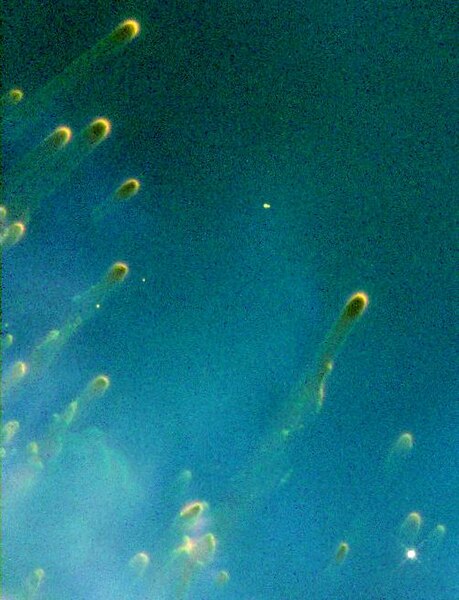ملف:Helix-nebula-detail-hubble.jpg

حجم هذه المعاينة: 459 × 600 بكسل. البعدان الآخران: 184 × 240 بكسل | 502 × 656 بكسل.
الملف الأصلي (502 × 656 بكسل حجم الملف: 55 كيلوبايت، نوع MIME: image/jpeg)
تاريخ الملف
اضغط على زمن/تاريخ لرؤية الملف كما بدا في هذا الزمن.
| زمن/تاريخ | صورة مصغرة | الأبعاد | مستخدم | تعليق | |
|---|---|---|---|---|---|
| حالي | 13:35، 31 ديسمبر 2011 |  | 502 × 656 (55 كيلوبايت) | Prof. Professorson | Without border and caption, from http://hubblesite.org/newscenter/archive/releases/1996/13/image/b/ (http://imgsrc.hubblesite.org/hu/db/images/hs-1996-13-b-full_jpg.jpg). |
| 14:08، 29 أكتوبر 2011 |  | 600 × 840 (79 كيلوبايت) | Audriusa | {{Information |Description=Helix Nebula knots |Source=http://de.wikipedia.org/wiki/Datei:Helix-nebula-detail-hubble.jpg, http://hubblesite.org/newscenter/newsdesk/archive/releases/1996/13/image/b |Date= |Author=NASA |Permission={{PD-NASA}} |other_versions |
استخدام الملف
الصفحة التالية تستخدم هذا الملف:
الاستخدام العالمي للملف
الويكيات الأخرى التالية تستخدم هذا الملف:
- الاستخدام في bn.wikipedia.org
- الاستخدام في de.wikipedia.org
- الاستخدام في en.wikipedia.org
- الاستخدام في fr.wikipedia.org
- الاستخدام في lt.wikipedia.org
- الاستخدام في zh.wikipedia.org


